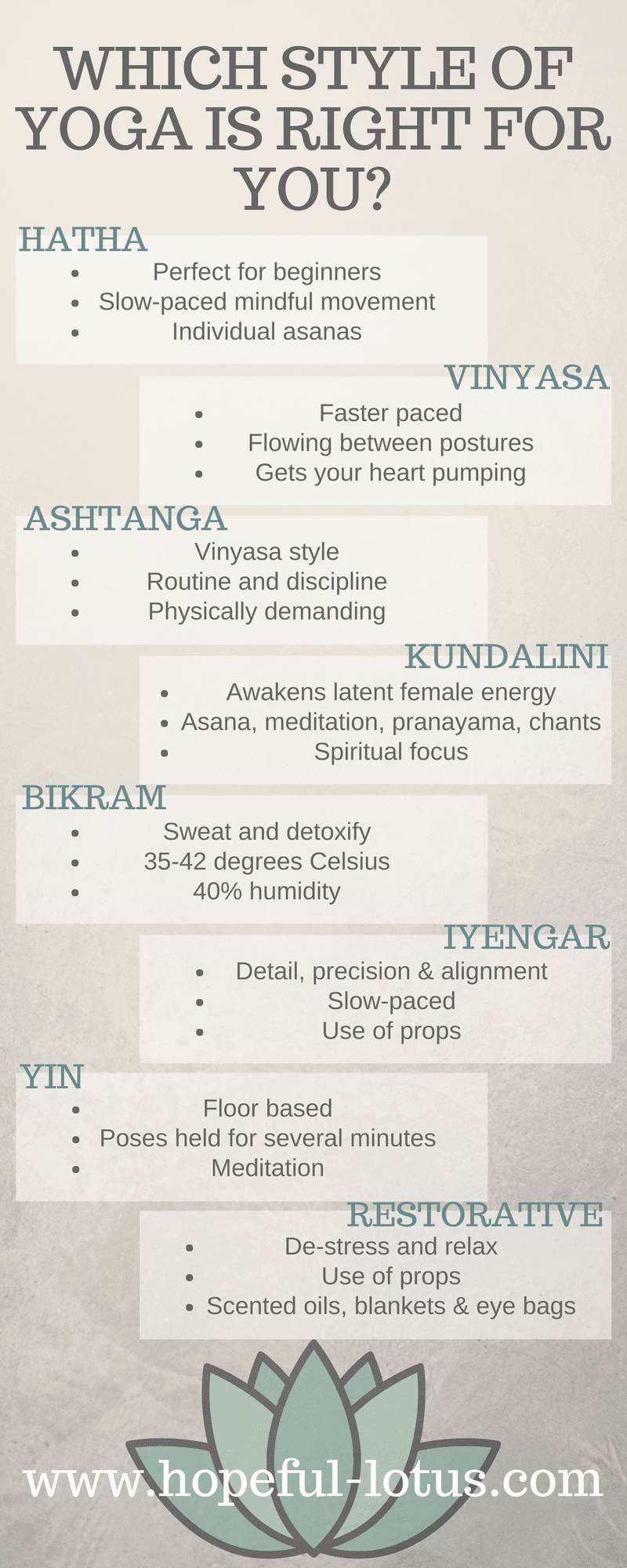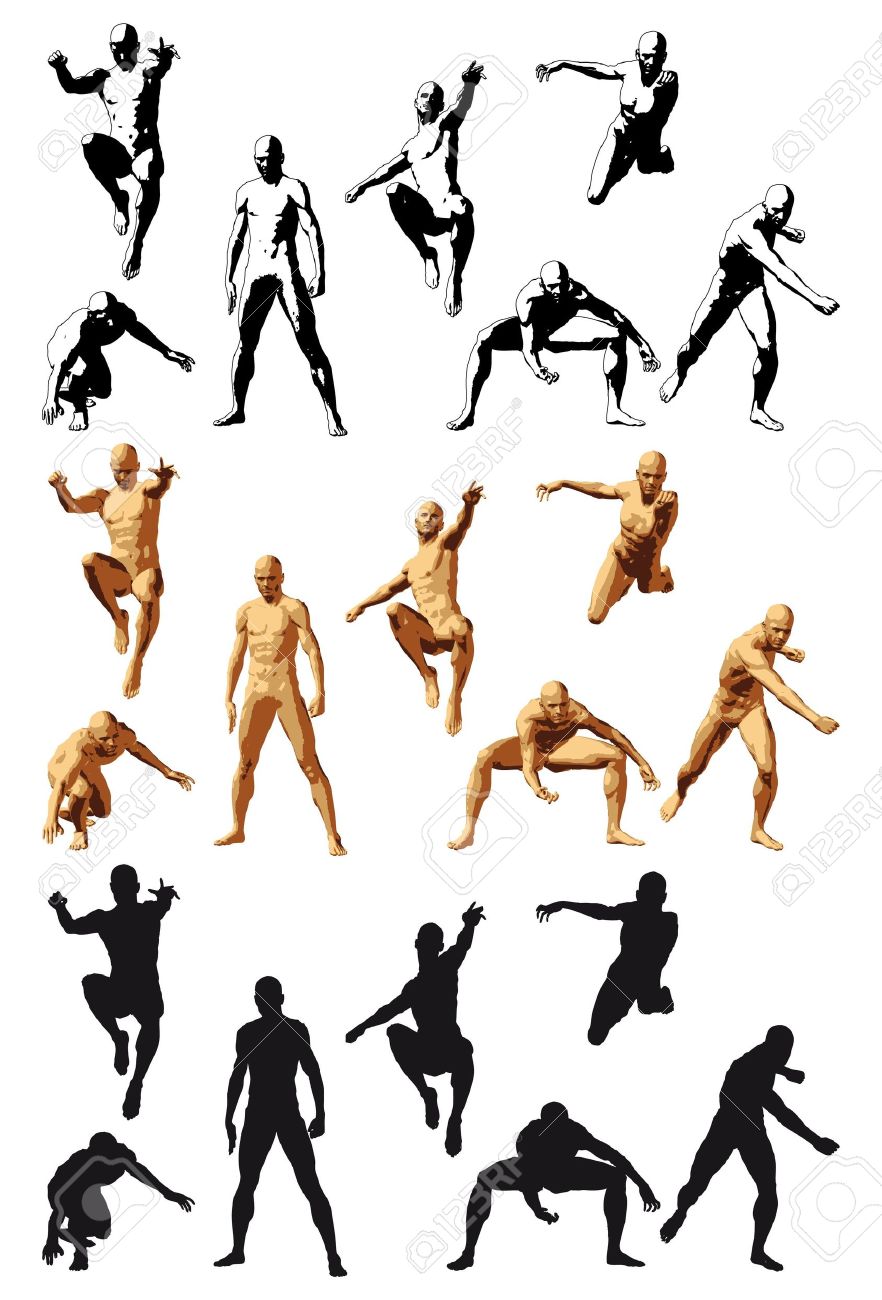
Yoga, an ancient Indian system of mental and physical spiritual practices, is the origin of yoga. Its goal is to still and control the mind and recognize the detached witness-consciousness. There are several types of yoga, including Iyengar yoga, Raja yoga, Bhakti yoga, and Tantra yoga.
Iyengar yoga
Iyengar yoga, a precise and detailed form of yoga, is incredibly popular. It was first developed by B. K. S. Iyengar. The book Light on Yoga, 1966, describes it. Iyengar stressed precision, alignment, and detail. While his style is highly praised by yoga instructors it is also challenging for beginners.
Iyengar yoga is not without its risks. Individuals with physical limitations might want to consult a doctor before trying a new type of yoga. Iyengar yoga instructors have the expertise to modify asanas for each student. Iyengar Yoga instructors use props to help students relax. Props reduce the likelihood of injuries and falls.
Raja yoga
Rja yoga was both the original goal of yoga and a method to attain it. This name was popularized in the 19th century by Swami Vivekananda, who interpreted the Yoga Sutras of Patanjali in his book Raja Yoga. Swami Vivekananda detailed the essential practices of yoga in this book.

Raja yoga aims to control the mind by meditation. It is a practice that allows you to separate your ego-based self, from your true, universal self. It entails a great deal of self-discipline and self-purification. The goal is to live in peace and harmony.
Bhakti yoga
Bhakti yoga is a type or yoga that emphasizes the love and devotion of a particular deity. It is one of three traditional Hindu paths to moksha. Jnana yoga and karmayoga are the others. It promotes yoga as a means of spiritual growth and personal development.
Bhakti yoga, a form of devotional practice, can help improve your physical and mental health. It can improve your immune system, and decrease blood pressure. It can also be used to manage chronic pain. It can help those who suffer from a variety of physical ailments, such as arthritis or fibromyalgia. The practice of bhakti can be practiced in a variety of settings, from temples to homes.
Tantra yoga
Tantra yoga is an ancient type of yoga that incorporates techniques from many styles into one practice. Its philosophy is about the connection between the body, mind and spirit. Meditation and breathing techniques can be used in this practice. It teaches students how to relax and let go. It helps them to be present in the moment.
Tantra isn't for everyone. Although many practitioners of the practice today vow to give up the outside world, it's not necessary. This ancient practice stresses personal experimentation and the path towards self-realization. Its name is derived by the words "tattva," or the science and practice of cosmic principles, along with "mantra," or the light. Tantra, in general, refers to the application of these sciences to achieve spiritual ascendancy. It can also be described as a Scripture that enables the light to be transmitted.

Downward-facing dog
The yoga downward-facing dog position is great for stretching the spine, relieving stress and extending the spine. This pose, unlike most, requires very little strength from your lower body. However, it does require some strength from your upper body. Half of the body's weight is carried in the arms, shoulders, and hands, so any weakness in these areas will cause a compensatory tightening of the shoulders and neck. The elbows should be pointed at opposite corners of your mat while you are performing the pose. You should stop if you feel pain or tightness in your shoulders.
Yoga with a downward-facing dog aims to open and stretch the shoulders and rib cage, but not stretch the cervical spine. The ideal time to hold the pose is three to five deep. After you've exhausted all your strength, you can choose to sit up or lay down on the ground. You can then push back using your abdominal muscles from the down to the up position.
FAQ
Is yoga safe enough for everyone?
Yoga is safe for all age groups, genders, races, abilities and abilities. Yoga has been practiced over thousands of year without any side effects.
You should consult your doctor if there are any health conditions you may have before beginning an exercise program.
How does yoga affect mental health?
Yoga is an ancient Indian practice. It was first used to reduce stress and relax. Today, many people use yoga to help them cope with depression, anxiety, panic attacks, insomnia, chronic pain, and other conditions.
Yoga may help relieve symptoms such as arthritis, backaches, headaches, high bloodpressure, and arthritis. Many who have done yoga report feeling calmer, happier.
Do I need special equipment?
Yoga is a sport that can be done without any special equipment. You may prefer to use specific props like blocks, straps, or blankets.
For more information on these products, check out our Yoga Equipment Guide. We recommend choosing products made of natural materials as opposed to plastic.
Can yoga help me quit smoking?
People may stop smoking by practicing yoga. Yoga makes them feel more positive, and reduces stress. It also helps reduce weight gain from overeating food. This could lead to quitting smoking altogether.
What are the health benefits from yoga?
Yoga is an ancient practice that originated in India. Hindu monks developed it over several centuries as a way to improve physical fitness and mental well-being. Many people use yoga to relieve stress and relax. Some believe that yoga helps build strength and flexibility.
Yoga helps improve balance and coordination. Yoga is also great for seniors who want an active lifestyle. It can help you avoid injuries due to falls or other causes.
Yoga is good to your heart because it strengthens you cardiovascular system. If you have diabetes, high blood pressure or are overweight, this is a good option.
Yoga has been shown to help reduce stress, anxiety depression, insomnia, and other symptoms. These conditions often lead to chronic pain, so practicing yoga may be especially beneficial for those with arthritis and fibromyalgia.
As you age, your muscles lose some of their elasticity. Yoga keeps your muscles flexible, strong and flexible. Yoga gives you more energy as you age.
According to the National Institute on Aging (NIA), regular yoga has been shown by studies to decrease symptoms of depression such as fatigue, hopelessness, and feeling depressed. According to the institute, yoga can lower cholesterol and increase bone density.
Yoga can also help with headaches and back pain. Because of its slow pace and gentle movements, yoga is particularly effective in relieving muscle strains.
Statistics
- Gentle yoga has been shown to ease some of the discomforts of tender, swollen joints for people with arthritis, according to a Johns Hopkins review of 11 recent studies. (hopkinsmedicine.org)
- In comparison, a 125-pound person is estimated to burn 135 calories in 30 minutes of walking (at a pace of 15-minute miles) and 210 calories bicycling at a moderate pace on a stationary bike. (everydayhealth.com)
- About one in seven U.S. adults practiced yoga in the past 12 months, according to a 2017 national survey. (nccih.nih.gov)
- Start your Fall off right with 20% off All Access Membership when you sign up by 9/25! (corepoweryoga.com)
- The American Psychological Association recently shared that 84% of American adults feel the impact of prolonged stress (5). (healthline.com)
External Links
How To
Can I do yoga during pregnancy?
You may not be able to perform certain poses safely if you are pregnant. Before you start a new exercise program, consult your doctor.
There are many poses you could still do while pregnant. These are some ideas:
-
Weight lifting should not be done above the shoulders by pregnant women. Instead, opt for dumbbells and lightweight resistance bands.
-
Avoid deep twists, as these could put pressure on your belly.
-
Before you have children, avoid backbends. These can cause excessive strain on your lower back.
-
To deliver your baby safely, you should not be seated cross-legged or lying on your stomach.
-
You should not attempt to invert poses such as handstands or headstands without your doctor's approval.
-
Do not exceed 30 minutes of practice per day.
You can do yoga during pregnancy as long as you're able to. Your doctor will let you know when you are ready for yoga.